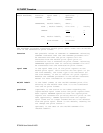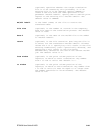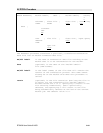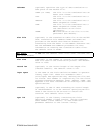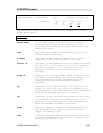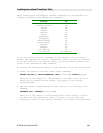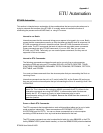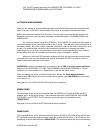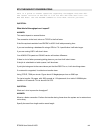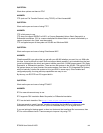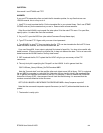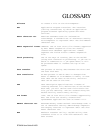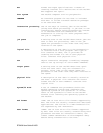ETU400 User Guide 011603
J-4
QUESTION:
How would I use ETU400 and FTP?
ANSWER:
If you use ETU reasonably often and wish the file transfers quicker, for say files that are over
100,000 records, this is a way to do it.
1. Use ETU to only translate the file. Put the translated file in your private library. Don't use QTEMP.
QTEMP exist only for the session that you are in. Does not work across sessions.
If the file on the AS/400 is not a spool file, take option 20 at the main ETU menu. For spool files,
specify option 1 to select the file to be translated.
2. On your PC, open the DOS box (also called Command Prompt these days).
3. Type FTP to start FTP. Signon with your user id and password.
4. Type BINARY to stop FTP from translating the file. FTP can also translate the file but ETU have
better translation features, such as comma delimited, etc.
If you use Query/400, it can output a physical file instead of spool file. You have to be careful with
dates however. If Query outputs to a physical file, it does not reformat the data. This is an issue with
dates because the AS/400 use the "century date format".
5. GET download the file, PUT upload the file. HELP will give you a summary of the FTP
commands.
6. The only tricky bit is specifying the "file path" on the AS/400. It will in general look like:
QSYS.LIB/user_library.LIB/user_file.FILE/member.MBR
Note the "forward slash" and the qualifier after each object name (LIB is library, FILE is a physical
file and MBR is a member in a physical file). Note also that you have to identify the member of the
file. In general this defaults to the name of the file. For example, if I want to transfer file EXPENSE
that exists in library QGPL, the command line will look like the following. It is assumed that the
member name had defaulted to the file name.
GET QSYS.LIB/QGPL.LIB/EXPENSE.FILE/EXPENSE.MBR c:\temp\"expense report.txt"
Note that the command interpreter expects file names (on the PC) with embedded blanks to be
quoted.
7. The transfer is really quick.



